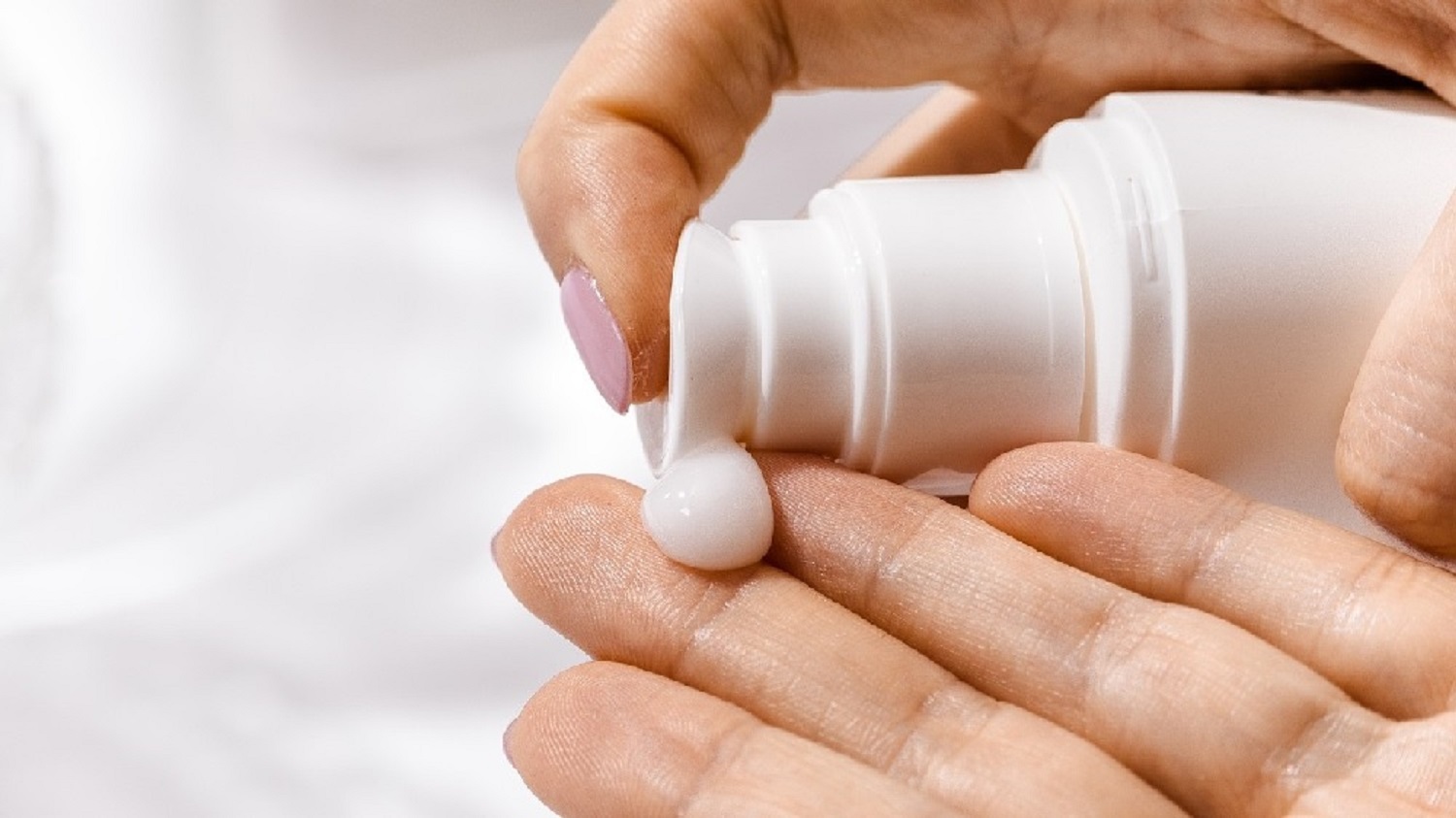Now let’s talk about Parabens! This group of nasty preservatives is another controversial ingredient which has caught the public eye in recent years. And the result? An inflow of “paraben-free” labels and many internet articles calling parabens as threatening.

Picture source: CEEV Živica
Certainly, these concerns about parabens are not created over nothing. It has been shown that they can act as endocrine disruptors because they are able to mimic hormones like estrogen, the female sex hormone, which could have an effect on the reproductive system or even contribute to breast cancer risk [1]. Isn’t it quite intriguing that a preservative in our shampoo can enter our body and pretend to be a hormone? That sounds crazy.
Several studies have shown the presence of parabens in people’s urine, meaning that skin is allowing them to enter our bodies. A study in 2018 showed that teenage girls, who reported wearing makeup every day, had 10 to 20 times higher concentration of certain parabens in their urine than girls who rarely wore makeup [2].
Since then, much more research has been done, including assessments by regulatory agencies such as the FDA or Scientific Committee on Consumer Safety (SCCS). Parabens are still used because they are some of the most efficient preservatives on the market. I mean who cares about health if we have efficiency.
According to Echa, some parabens are continuously under assessment as Endocrine Disrupting [3], meaning that so far research has been inconclusive. However, Butylparaben for example, has been already acknowledged as endocrine disrupting [4]. In the EU, according to the Regulation (EC) No 1223/2009 [5], several types of parabens are restricted in cosmetics to a limit of 0.4% or 0.8% depending on their use. Well, at least that.

Picture source: pixabay.com
Parabens are also used as preservatives in the pharmaceutical and food industry. You might recognise them in the ingredients list of some foods under the additives E-sign, for example E214. Don’t know about you, but the first thing I do when buying groceries is scan the food label for any Es… got my mom to thank for that!
Even though there has been much warning about eating processed foods with Es, the majority of them are still allowed, in food as well as in cosmetics. “The general consensus based on investigations by both the scientific community and regulatory agencies indicates that, with current safety regulations regarding their use in place, this effective and well‐documented group of preservatives should not warrant drastic measures to replace them.” [6] Uff, that was a smart sounding statement. You don’t buy it? So don’t we, until they manage to replace these preservatives, make sure to keep checking labels.
Even though some research has shown that the estrogenic potential of parabens is far less potent than that of natural estrogen [6], we shouldn’t disregard its endocrine disruptor properties even if they are inconclusive. As the definition of endocrine disruptor says, it is a substance “that alters function(s) of the endocrine system and consequently causes adverse health effects” [7]. I personally would rather not have any disruptions done to my endocrine system, especially not be my shampoo!
Fact sheet on parabens
What is it:
- Parabens are a group of chemicals widely used as artificial preservatives in cosmetic and body care products since the 1920s
- they prevent and reduce the growth of harmful bacteria and mold, increasing the shelf life of the product
Where can we find it:
- used in a wide variety products, especially those with a high water content, such as shampoos and conditioners
- Moisturizers, face and skin cleaners, sunscreens, deodorants, shaving gels, toothpastes, makeup and many other products also contain parabens
Health effect:
- methylparaben and propylparaben are under assessment as Endocrine Disrupting
- butylparaben has been assessed as endocrine disruption
- ethylparaben so far without concern
Effect environment:
- toxic to aquatic life with long lasting effects
GS tip: It might seem as we repeat this over and over but yet again quantity is the key here. And as in many cases: less is more. It would be almost impossible to avoid all parabens as they are not just in cosmetics but also in medication and food. Nonetheless, it is worthwhile to check products you are using and decrease the amount of the ones containing parabens.
Unfortunately, even the “paraben-free” label doesn’t have to mean that the product is safer. Some producers did move away from parabens, but they substituted them with other equally concerning ingredients, which is also known as greenwashing.
Sources
[1] https://www.ewg.org/what-are-parabens
[2] https://pubmed.ncbi.nlm.nih.gov/29317738/
[3] https://echa.europa.eu/sk/substance-information/-/substanceinfo/100.002.532
[4] https://echa.europa.eu/cs/substance-information/-/substanceinfo/100.002.108
[5] https://eur-lex.europa.eu/legal-content/EN/TXT/?uri=CELEX%3A02009R1223-20220731
[6] https://www.ncbi.nlm.nih.gov/pmc/articles/PMC8243994/
[7] https://ec.europa.eu/environment/chemicals/endocrine/definitions/endodis_en.htm
Fact sheet sources
https://echa.europa.eu/sk/substance-information/-/substanceinfo/100.002.532


0 Comments